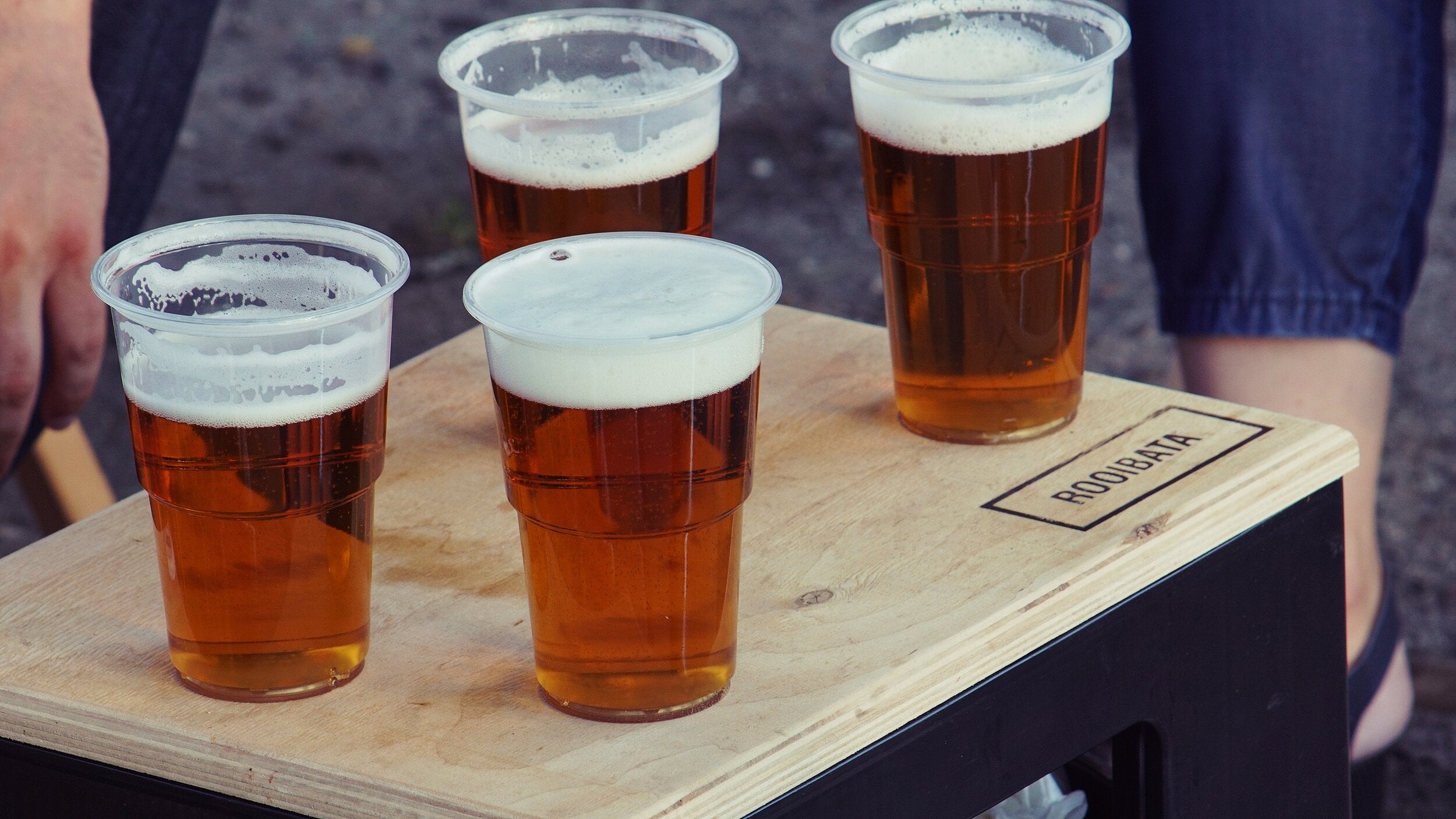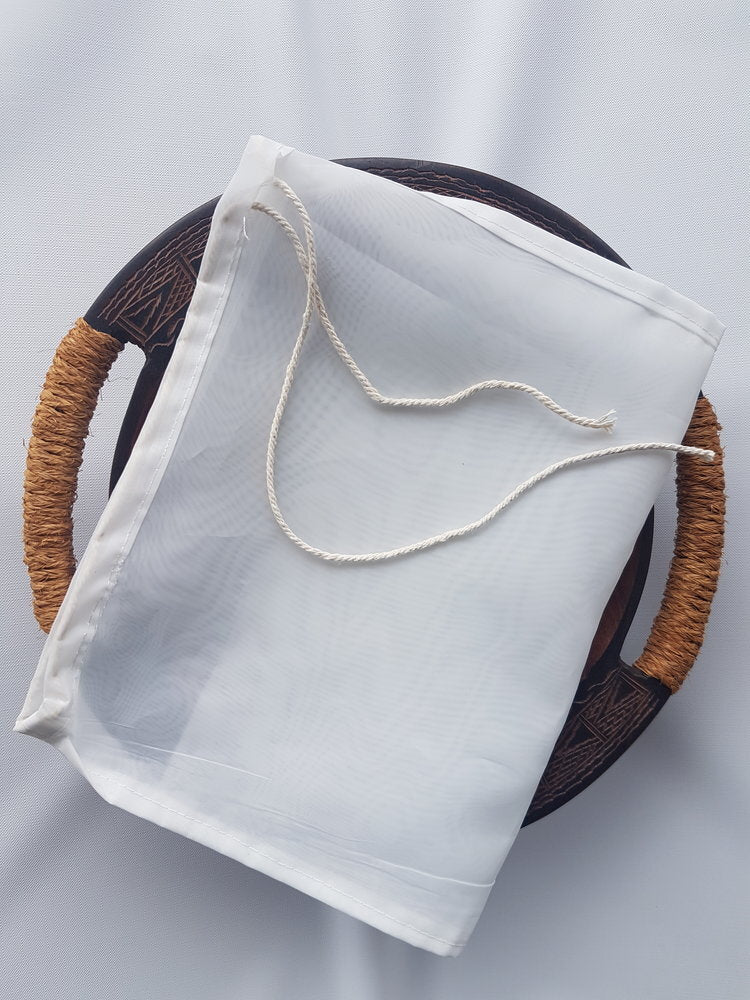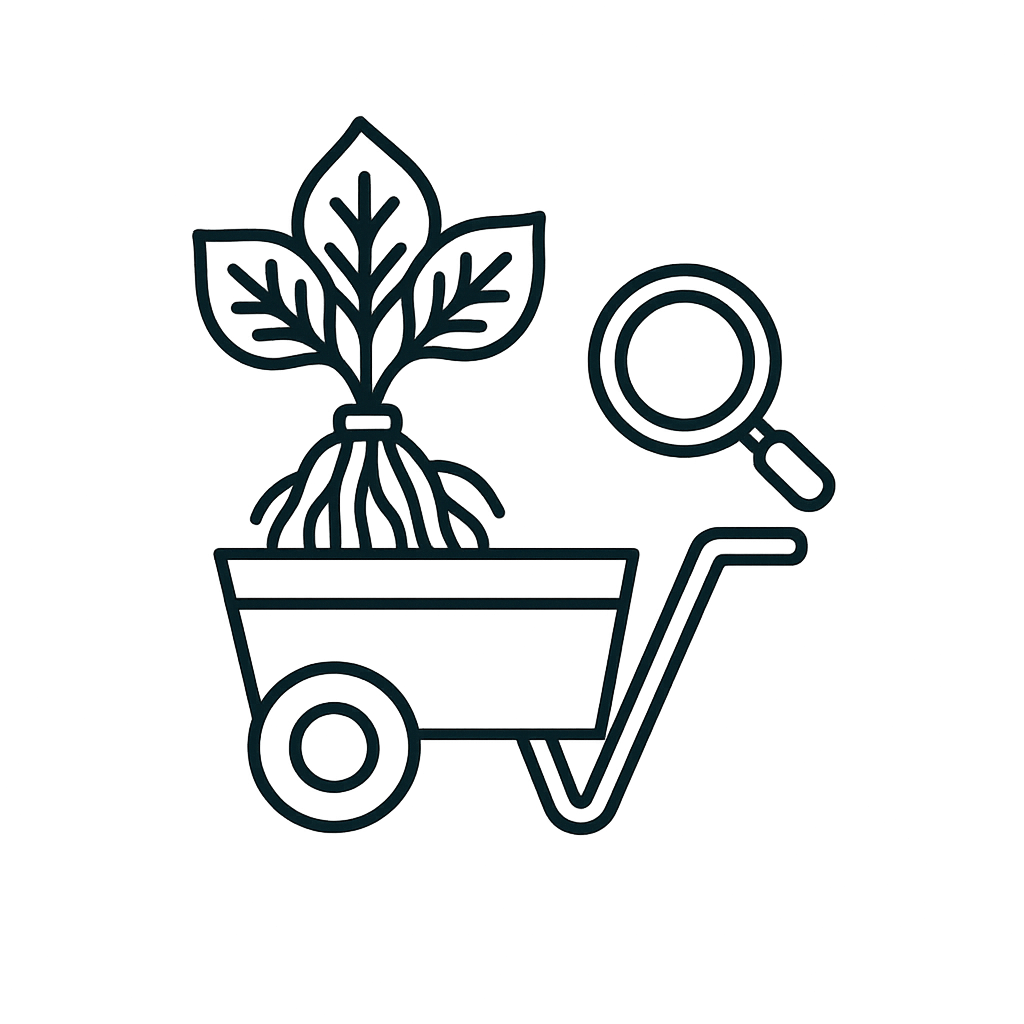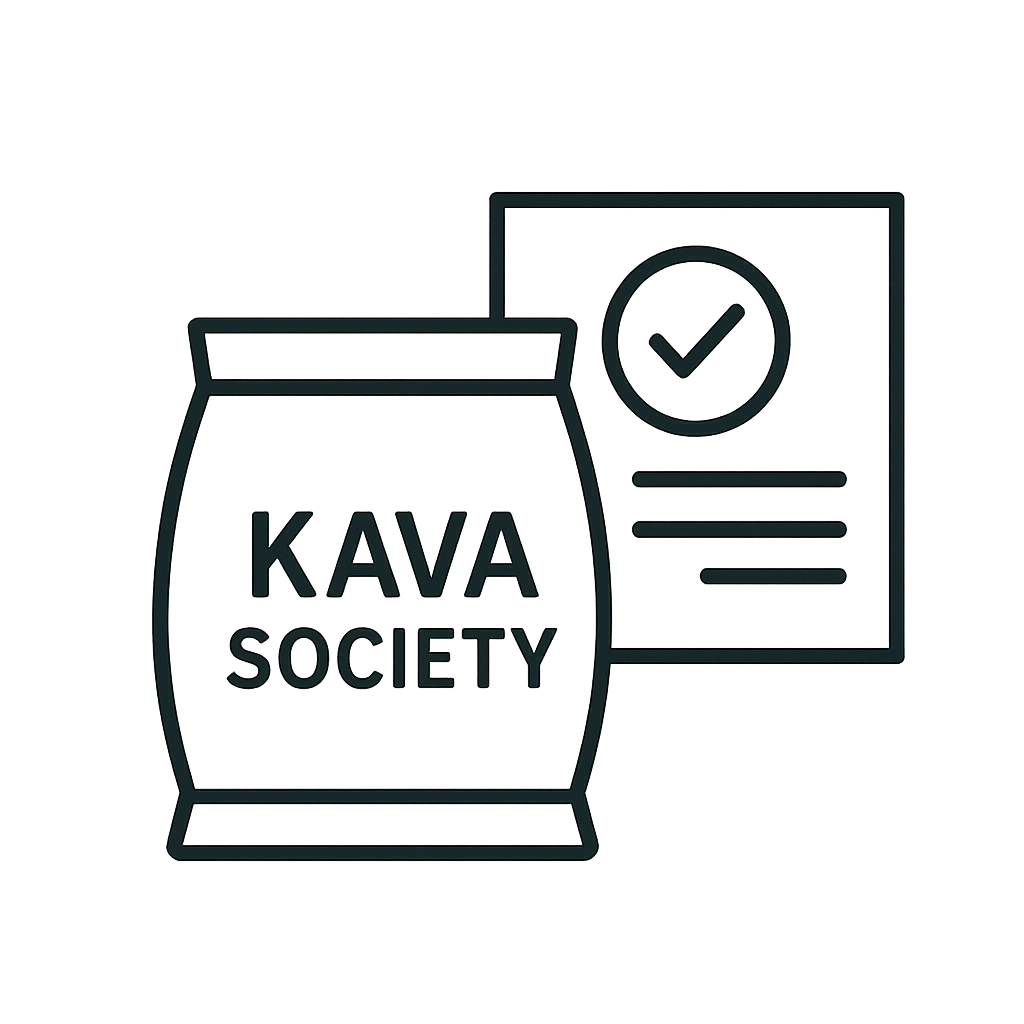Interview with Dr Vincent Lebot, a leading expert on kava
Dr Vincent Lebot, June 2020
Anyone who’s ever studied kava or tried to find any scholarly materials on kava inevitably encountered the name of Dr Vincent Lebot*. Dr Lebot has authored or co-authored a great number of scholarly publications dedicated to the kava plant, including the famous “Kava: The Pacific Elixir” (co-authored with Lamont Lindstrom and Mark Merlin and published in 1997) and “Buveurs de Kava” (co-authored with Patricia Siméoni and published in 2019), i.e. the two most comprehensive publications on kava ever written.
Not surprisingly, Dr Lebot is often seen the father of modern kava science. It would be difficult to find anyone who has done more to help broaden the Western understanding of both the plant and the beverage. His work on kava and his insights into kava’s history, biology, chemistry and pharmacology have not just inspired multiple other researchers, but also helped and informed government officials, journalists, as well as countless kava drinkers, growers and entrepreneurs.
One of our founding members had the pleasure of sharing some fresh, green kava with Dr Lebot in Port Vila, Vanuatu a while ago. Since then we’ve stayed in touch and occasionally discussed various aspects of kava science and kava industry. After one of the recent interactions, an idea was born to conduct an interview that would allow us to share some of Dr Lebot’s insights with a wider audience. We hope you enjoy it.
Dr Lebot, thank you very much for agreeing to speak with us. Many of our readers started their kava learning journey by reading your co-authored book, "Kava: The Pacific Elixir" or one of the numerous articles you've written about kava in the last 3 decades. Not surprisingly, you are widely known to be one of the world's leading kava experts. What is a bit less known is how you discovered kava and what made you so interested in studying it. Could you please tell us a bit about when and how you discovered kava and what made you so interested in it?
When I arrived in Vanuatu as a volunteer to teach agriculture at Tagabé, near Port-Vila, in November 1980, there were no kava bars in town and kava was not drank on Efaté (the island where is Port-Vila). A few weeks after, I visited several outer islands and drank my first kava on Malekula. It was freshly harvested kava and therefore pleasant to drink. I found that the beverage had a liquorice-like taste and the effect was quite surprising but pleasant. As soon as I came back to Vila, I visited the few libraries around and read everything existing on this fascinating plant. It was very soon clear that such an amazing plant was poorly documented scientifically and I decided to work on it. My first work was (with the help of my students at the Agriculture School) to visit and collect around Vanuatu (82 islands) all the different kava varieties and to establish a germplasm collection here at Tagabé, and then to characterise the accessions at the morphological level, after recording the ethnobotanical knowledge associated to each variety. It took me years to collect all these varieties and to describe them. I also established a few agronomical trials to understand the growth of the plant. I wrote a few project proposals and succeeded to equip a laboratory (thanks to French Aid) to analyse all accessions. At that time, I was doing only the extracts at Tagabé and then hand carrying them with me to France where I was doing HPLC work. In the meantime, kava was becoming an important cash crop in Vanuatu. Kava bars were opening in Vila, Santo and Nouméa as well, encouraged by Churches, Women groups and political leaders to strengthen national identity just after Vanuatu Independence (July 30th 1980). The Secretariat of the Pacific Community got interested in this work and funded a regional survey of kava genetic resources. So, thanks to SPC, I was able to visit all Pacific islands where kava was cultivated in the early 80s and to collect all existing varieties, and to analyse them. I consolidated all this research into a PhD thesis that I defended in Montpellier in November 1989. So, part of my research was shear personal scientific interest in this underutilised plant and part of it was to support the development of the cash crop in the region.
In your work, you've often highlighted the great diversity of kava cultivars across Oceania and the significant differences between them. You've argued that since kava became domesticated a few thousand years ago, kava growers (and drinkers) have been purposefully selecting and propagating cultivars n the basis of their characteristics. Your argument appears to be that in general, drinkers and growers have preferred kava with a higher concentration of kavain and a lower concentration DHM. Does this seem to be the main criterion or have other factors also played a role in making specific cultivars more popular than others, and in driving the propagation of new cultivars? Has this tendency been observed in Vanuatu only, or was the same true in other kava-growing regions?
Before the first contact with Europeans, kava was drunk fresh around the Pacific. When the Europeans started to prohibit kava, then a few communities started to dry it so that they could prepare it "at home" any time when the missionaries or the colonial power was not controlling their traditional way of life. Westerners always disliked kava, they did not like its appearance, its taste and its effect (read Captain Cook’s logbook), so very soon, they wanted to eliminate kava. I think the consumption of dry kava is a "modern" phenomenon. Pacific Islanders were uprooting kava whenever they wanted to drink it (once kava is in the ground, there is no rush to harvest it). When growers drink fresh kava they appreciate the taste but no one drinks kava for its taste, even when it is fresh. Kava is always drank for the relaxing effect it produces and this effect has to be fast (a few minutes after absorption) and pleasant. As per today, I still believe that kavain is the most interesting kavalactone, the one drinkers are looking for because it causes a fast, pleasant but not long-lasting effect, it disappears quickly. When I analyse kava varieties, I can see that the good ones are rich in kavain and vice versa, the bad ones are poor in kavain. But over the years, the situation appeared to be a little bit more complex than what I thought, because in the 80s and 90s I was using an HPLC protocol and scanning the six major KLs at 240 nm and in doing so, I was underestimating yangonin and demethoxyyangonin in the chemotypes. So, when I now look again at these chemotypes, it is still true that the best chemotypes are rich in kavain (much higher than in the poor ones) but some bad varieties are also rich in kavain and other major KLs. It seems now, that what characterises a bad variety is that it is also rich in flavokavins while the good varieties are poor in flavokavins. But yangonin and demethoxyyangonin are not very “bioactive” kavalactones (as far as we know) so it is doubtful that they were playing a role during the selection/domestication process. On the other hand, what we observe is that in countries where kava has now been consumed under a dry form for decades, if not centuries, the chemotypes are quite different but, frankly, we need more research on that.
Is there any genetic evidence suggesting that there are kava cultivars in Vanuatu that are descended from cultivars that were developed on other Pacific Islands? We know that kava was a "canoe plant" taken by peoples who migrated east across the Pacific, but might any cultivars descended from those pioneer specimens have later "returned home" to Vanuatu from the west, perhaps during inter-island trade?
As far as I know, all kava cultivars found around the Pacific Islands are decaploids (ten sets of chromosomes) and are sexually sterile, they do not produce any seed and are always propagated vegetatively. When we did an isozyme survey in the early 90s (isozymes are water-soluble proteins used to detect genetic distances) we found that there were basically three groups of kava cultivars: the so-called “nobles” (many different varieties=morphotypes within this group) and the so called “two days” with a major group in Vanuatu and another closely related one in PNG. Within each group there were many somatic mutants: plants mutating through vegetative propagation and exhibiting different morphological traits such as a purple stem, or a stripped stem … etc. Much later we did another survey using DNA markers (SSR and DArT) and found the same picture: we have “two-day” varieties, with a few from PNG (Isa, Iwi et al.) and we have the “nobles” found around the Pacific (except in PNG but I found one on the small island of Baluan offshore Manus). DNA markers were confirming isozymes but our sample was too small and we need to do more studies on the wild ancestor (Piper wichmannii) and on varieties from Eastern Polynesia (Tahiti, Marquesas and Hawaii) which are morphologically different than others but nobles from a chemical point of view. The ancestors of the Polynesians probably collected good varieties in Vanuatu before distributing cuttings to all the islands they visited, and they might have reintroduced them in the south of Vanuatu, but this is speculation and nobody will go back to double check. Unfortunately, as they are all nobles, they all have the same fingerprint, so it is difficult to trace them. However, when we generated dendrograms to compare the SSR and DArT pictures, they were slightly different (VandenBroucke, H., Mournet, P., Malapa, R., Glaszmann, JC., Chair, H., Lebot, V. 2015. Comparative analysis of genetic variation in kava (Piper methysticum) assessed by SSR and DaRT reveals zygotic foundation and clonal diversification. Genome 58 (1):1-11.). So, here again, more research is needed to clarify the overall picture of this plant domestication process.
In your research, you've identified two broad groups of kava cultivars: the so-called "noble kava" cultivars and the "non-noble cultivars" (which include "two-day" kava, medicinal kava and wild kava). Could you please briefly characterise the difference between these groups? Is the development of noble kava a direct result of the cultivar selection? If yes, why have so many two-day cultivars remain in existence in Vanuatu?
A book co-authored by Dr Lebot
In the early 80s, “two-day” cultivars were very rare in Vanuatu gardens. You can check the statistics published in Lebot, V. and P. Cabalion. 1988. The Kavas of Vanuatu. South Pacific Commission Technical Paper no. 195, 191 pages, Nouméa, Nouvelle Calédonie. We did a survey (under the auspices of the FAO) and counted all the plants in the ground at that time. Two-days were very unusual. Some farmers were keeping a few plants but were not drinking them, they were using them occasionally as a medicinal plant (if you are dying of cancer and suffering in one isolated island, they might be useful, I don’t know). But during the so-called “kava boom” of the late 90s, German companies did agronomical trials and discovered that two-days out yielded the nobles as far as dry matter yield was concerned and as nobles and two days had a similar total kavalactones content, they decided to buy two days despite my efforts to discourage them. They were very arrogant and when you come from Germany and visit Vanuatu, you think that Science is on your side and that the locals do not know. Their position was that when they did an acetonic extract, it was not important (at that time) what the chemotype was and they just needed an acetonic extract as rich as possible to maximise their profit. A few years later they came back to my office like children having done something wrong and were asking me if I heard anything about “hepatotoxicity”. Years after, young farmers who lost traditional knowledge started to cultivate kava as a cash crop. We also had traders who advocated that “two-day” kava were good and even bureaucrats who were convinced that “two-day” varieties were good. But fortunately, the “Kava Act” was passed in Parliament in December 2002 with a complete list in the appendix of the legal varieties (the nobles) and the illegal varieties (Two-days and wichmannii). It is however, clearly explained in the Kava Act that if a company wants to purchase two-day kava for particular purposes, they can as far as they provide an official letter explained why. As far as I know, Vanuatu never received such a letter.
Is the difference between noble and non-noble kava mainly a matter of quality/type of experience, or are there also any documented safety concerns regarding the concumption of non-noble kava cultivars?
Until a few years ago, it was just a matter of quality because we knew that some kavalactones were producing physiological effects more pleasant than others. However, following the German and European position, and the numerous scientific investigations that they triggered, many studies have shown that kavalactones are harmless but there is a group of molecules which is still controversial (although they are non-soluble in water): the flavokavins. It appears that the two-day varieties (as well as wild kava) are much richer in flavokavins than others and we don’t know if this is why they produce this terrible hangover. More research is needed but there are now safety concerns because some studies have documented potential risk with FKs but at a level much higher than those found in the plant…
Around the world, kava is available in two forms: a) as a fresh/dried root or beverage made via water extraction of those roots; b) kavalactone extracts made with the use of various organic solvents or, more recently, supercool CO2. In your opinion, what is the main difference between such products? What are the safety concerns regarding extracts made using chemical solvents and do they apply to all kinds of chemical solvents?
The definition of the word “kava” is the cold water extraction of the peeled underground organs of noble varieties of Piper methysticum. So kava is a beverage (like tea or coffee) and an extract is not kava (like caffeine is not coffee). Kava per se is not dangerous, we know that because it has been drunk for centuries. It is not a drug because it is not addictive and does not produce side effects when drank in moderation. Extracts made from dried or fresh kava roots can produce very different products than a cold water extraction. The German officially recognised and told to the World that the acetonic extracts they were producing in Germany with uncontrolled imported raw material at that time, were potentially dangerous. This is what they claimed. Unfortunately, they called their products “kava” while it was something completely different and they have destroyed the reputation of kava while nobody was drinking kava in Europe. Solvent extraction can extract everything (including mycotoxins or other toxins present) and the chemical composition of the extract will be very different than the “suspension” we drink because kavalactones are lipid like compounds non soluble in water. We have centuries of safe use of kava in the Pacific (half of the population drinks, the males, and a half does not drink, the females, so any potentially toxic effect would be very easy to detect statistically and none is observed). Extracts don’t have this history of safe use, so we don’t know. We need more data.
Some people argue that the way in which kava is currently drunk in Tonga, Samoa and Fiji (i.e. as a relatively heavily diluted beverage made from dried roots), makes the appreciation of unique cultivar characteristics much more difficult and perhaps explains why locally there is much less emphasis on cultivars, as opposed to, say, parts of the plant (e.g. waka or lewena). Is this accurate?
I would tend to agree with that and this is why kava (yaqona in Fiji) is classified in waka (roots), lewena (stumps), kasa (peeled basal stems) because it corresponds to three different products with decreasing kavalactones content (and therefore decreasing prices). Consumers know that they will prepare different brews from these three products and the kava variety is not that important especially as there are no two-days in Fiji, Tonga and Samoa. If I recall properly I found only one called “Honolulu” in Viti Levu and it was probably a recent introduction (with no Fijian vernacular name).
What, in your view, makes good kava? By this we mean: Do you have your favourite cultivar? Beyond cultivar, what other factors determine the quality of the plant material? What is the best method of processing kava roots, of preparing the beverage and of drinking kava?
Of course, I can drink only nobles but among nobles for example, some varieties (like Borogu here in Vanuatu) makes me dream too much at night. I don’t like that. A good kava is the one which gives you a fast, sudden, relaxing effect which has already disappeared when you have your diner and as kava is a starchy solution, it is heavy on the stomach so I don’t want to drink too many cups to reach this relaxing effect; it has to be concentrated enough. Some cultivars like kelai, visul, melomelo, palarasul, ni kawa pia are all good varieties (if prepared correctly of course). Here in Vila, we drink fresh kava so it is very important that it is well cleaned and properly peeled to remove bitterness. Unfortunately, as we grow very little on Efate, kava is imported from the outer islands and the quality is sometimes disappointing. Nothing can beat freshly harvested kava consumed few hours after harvesting (oxidation is the problem). Nowadays, hygiene is also a serious factor that attracts attention.
Kava is becoming increasingly popular outside of the South Pacific. In particular, in the United States we have seen a growing number of "kava bars". What do you think about kava's chances of becoming accepted as a mainstream food product worldwide? What are the major challenges and risks?
It is going to be very difficult because the German and the Europeans have damaged the reputation of kava for the very long term. Same in Australia were official authorities recognise that locally produce alcohol is killing thousands every year but are restricting the importation for personal use to only four kgs (and launching a ”consultation” to see if this is acceptable. In the meantime, the Pacific Island Countries are importing without restriction thousands of litres of alcohol produced in Australia. This is not fair trade. The Europeans will not lift their ban anytime soon because there is no market for kava in Europe. The situation in the US is very fragile and official authorities (bureaucrats around the World prefer to follow their colleagues position rather than attempting to learn about the product, part of this attitude is led by laziness, part by arrogance because of their position). So, Westerners are very much hostile. If Pacific islanders expect that the markets will open, they are wrong. At the moment, they don’t have a good product. A dried kava root is not a product. They need to move to the next step: process kava and add value to it and produce attractive products. Already bottled, with an attractive colour, smell aroma etc… Or attractive powders, easy to prepare (some “instant” kava made in Vanuatu are already very good products which can reach new markets). The major risk is hygiene (more than FKs I think), and as kava is first of all a “food” it is very important that it is organically grown (no pesticides residues) and not polluted by contaminants of all sorts (bacteria etc).
The growing demand for kava might make it tempting for farmers in other tropical parts of the world to consider growing kava. According to some reports, some farmers in Southeast Asia and Central America have already started growing kava. Do you think this represents a threat to kava growers in the South Pacific?
Of course, it is not possible legally to patent “kava”, just like you cannot patent a “potato”. You could patent a recently created kava variety but there are none, all are old. The Kiwis and Aussies are planting Cabernet Sauvignon and Pinot Noir and not paying fees to the French. The only way to protect the Pacific Island kava is through an Appellation of Origin system (just like French wines, Scottish whiskies or Indian teas and Korean Ginseng… etc). The Pacific Islands have to produce their own quality products and convince the rest of the World that it is good. They should not expect others to tell them what to do, they have to develop local good products for them first of all, and then to make sure that they can reach new markets. It is possible that other large tropical countries start to cultivate kava and it will be impossible to stop them. So, the Pacific Island countries should not waste their time, they should do their homework and move forward rapidly.
_______________________
* Vincent Lebot is a root and tuber crops breeder working for CIRAD (www.cirad.fr). He obtained his PhD in 1989 in Montpellier, France, and has been working on root and tuber crops for the last 40 years. His studies focus on the chemical composition of the under ground organs and their relation with quality. He was the scientific coordinator of the SPYN (the South Pacific Yam Network), TANSAO (the Taro Network for South East Asia and Oceania) and INEA (International Network for Edible Aroids). He is presently focusing on sweet potato breeding for biofortication and resistance to abiotic stresses. His list of publications can be found at http://publications.cirad.fr/auteur.php?mat=1389








Leave a comment
This site is protected by hCaptcha and the hCaptcha Privacy Policy and Terms of Service apply.